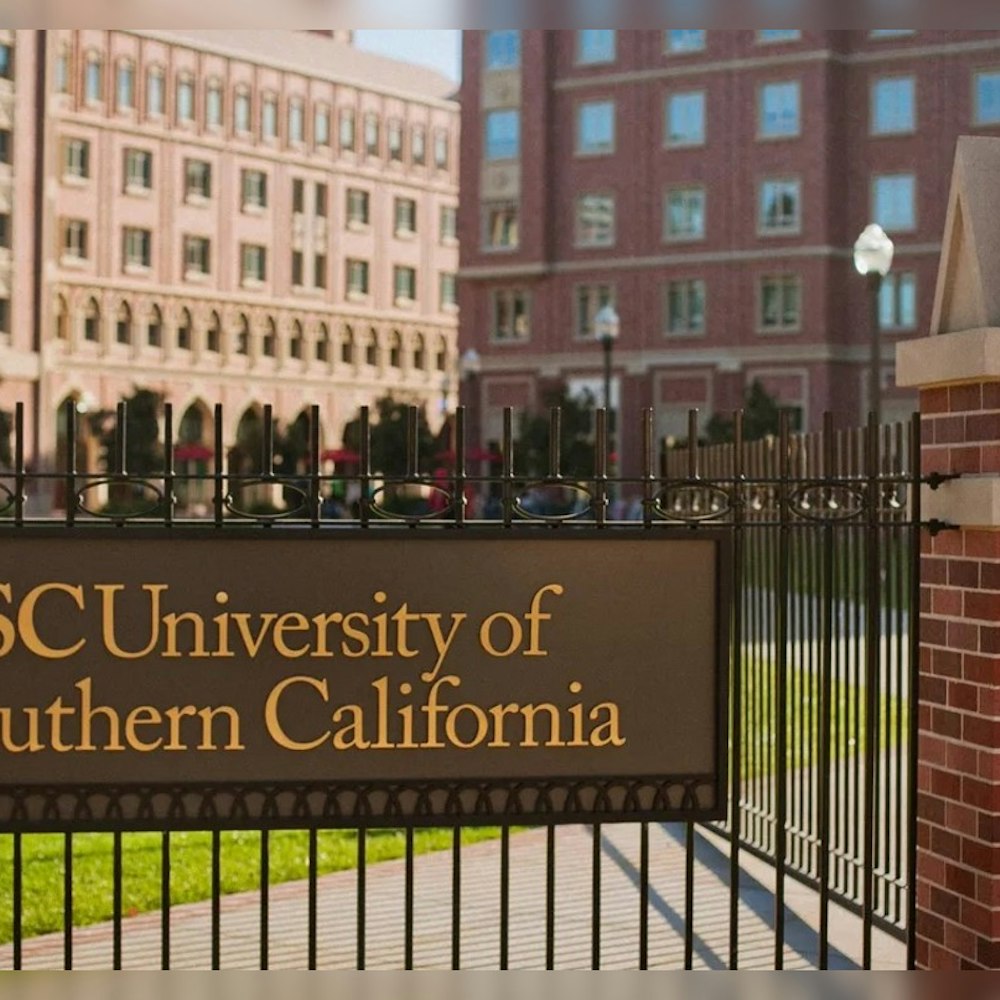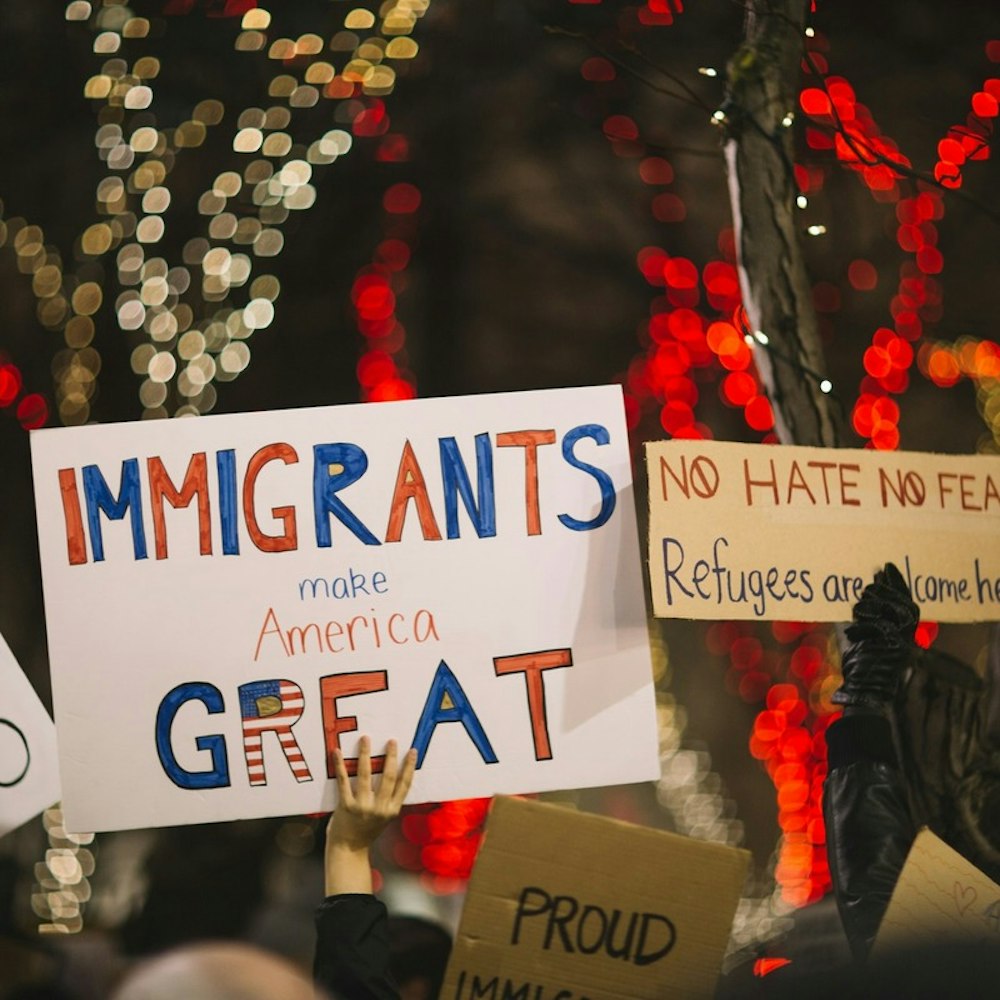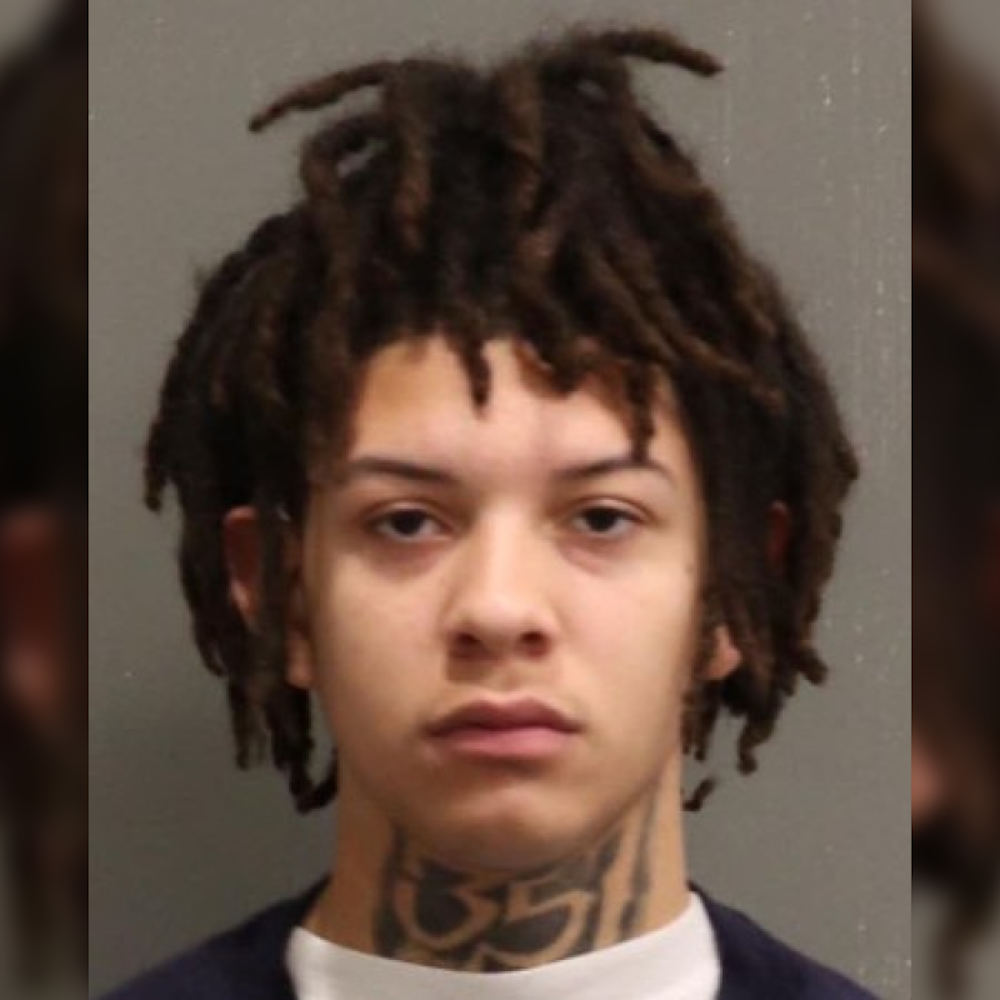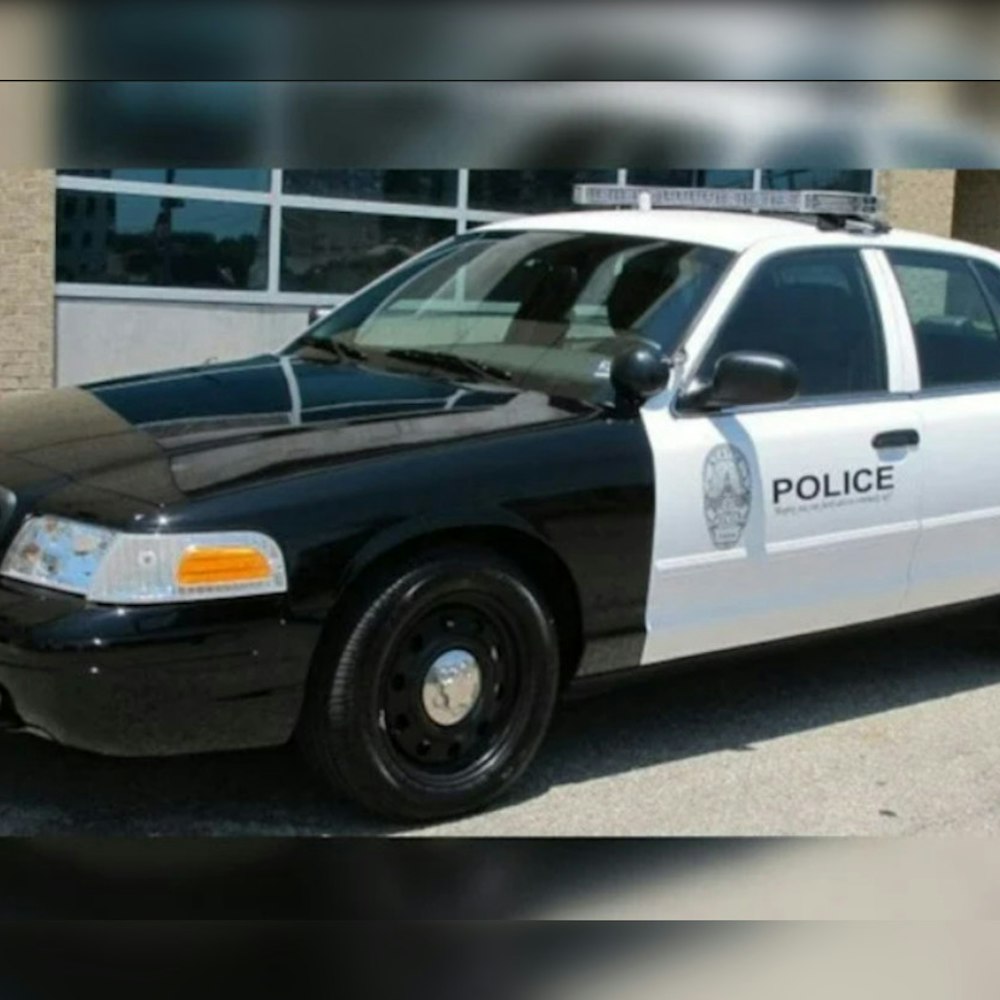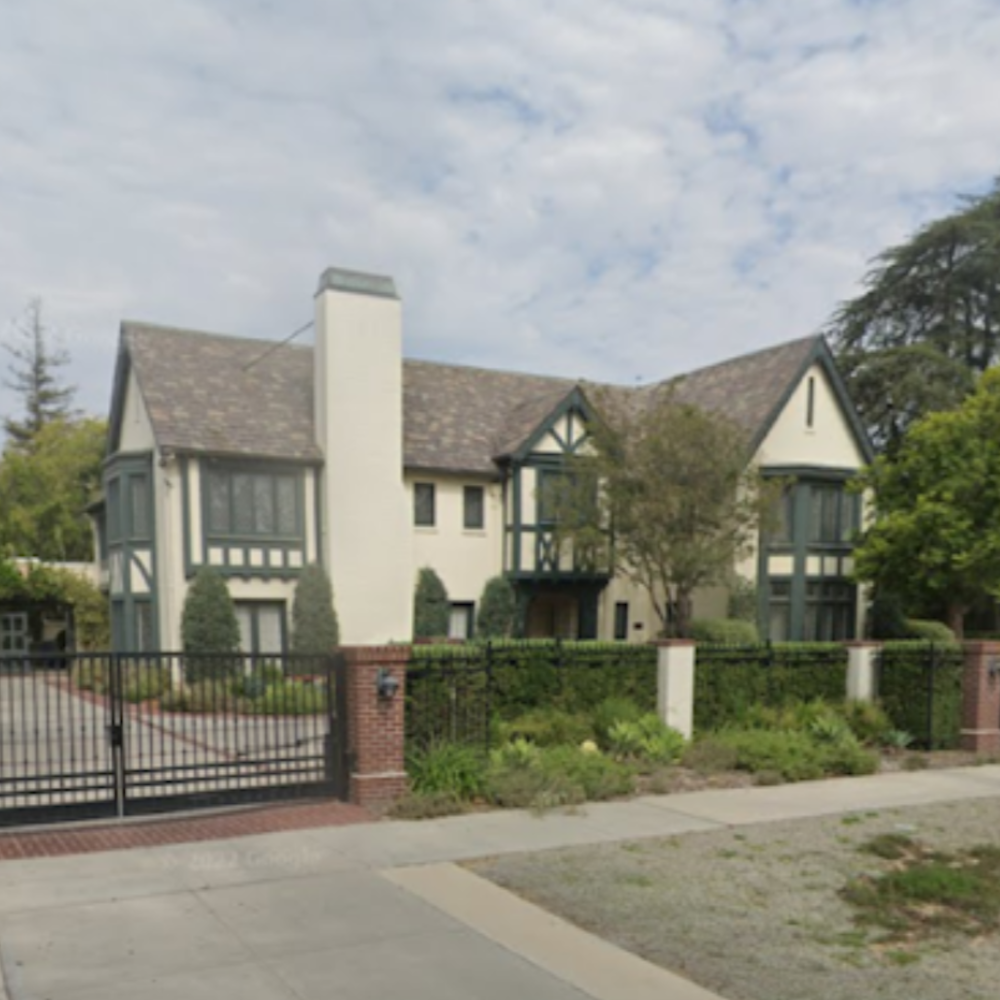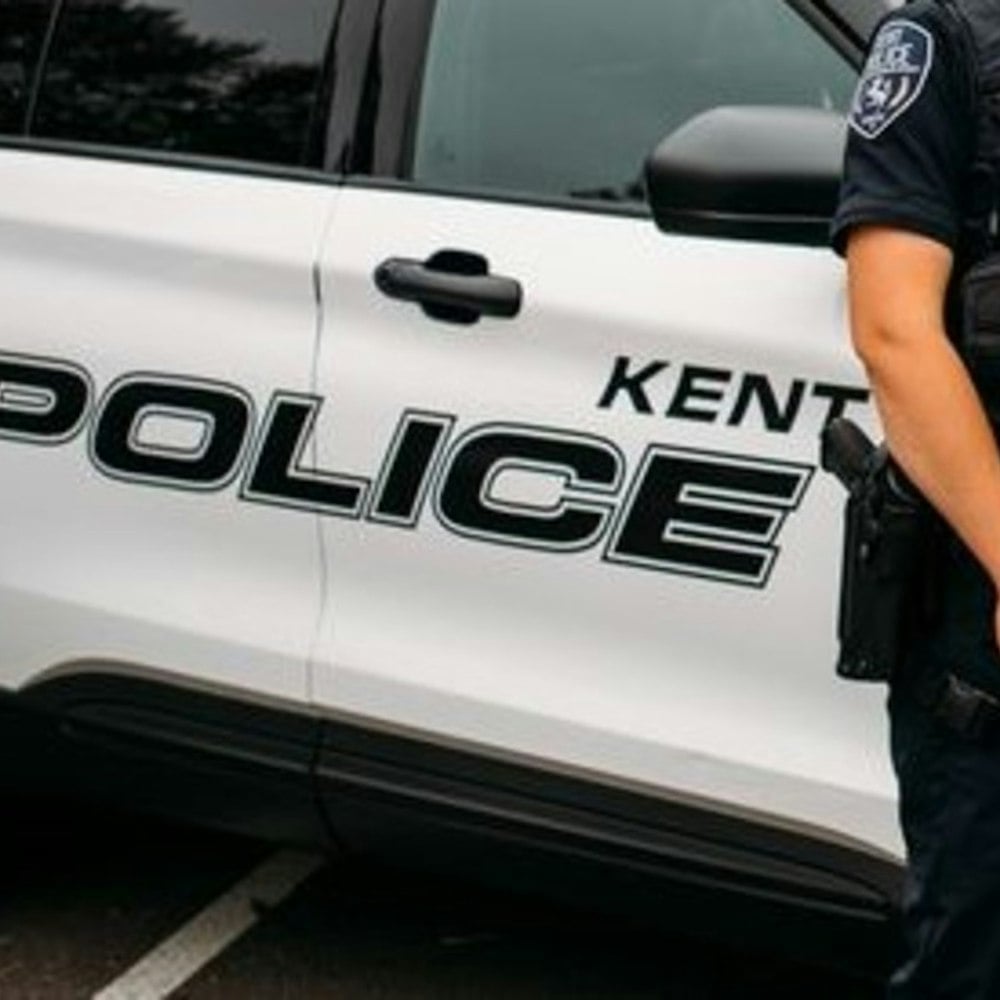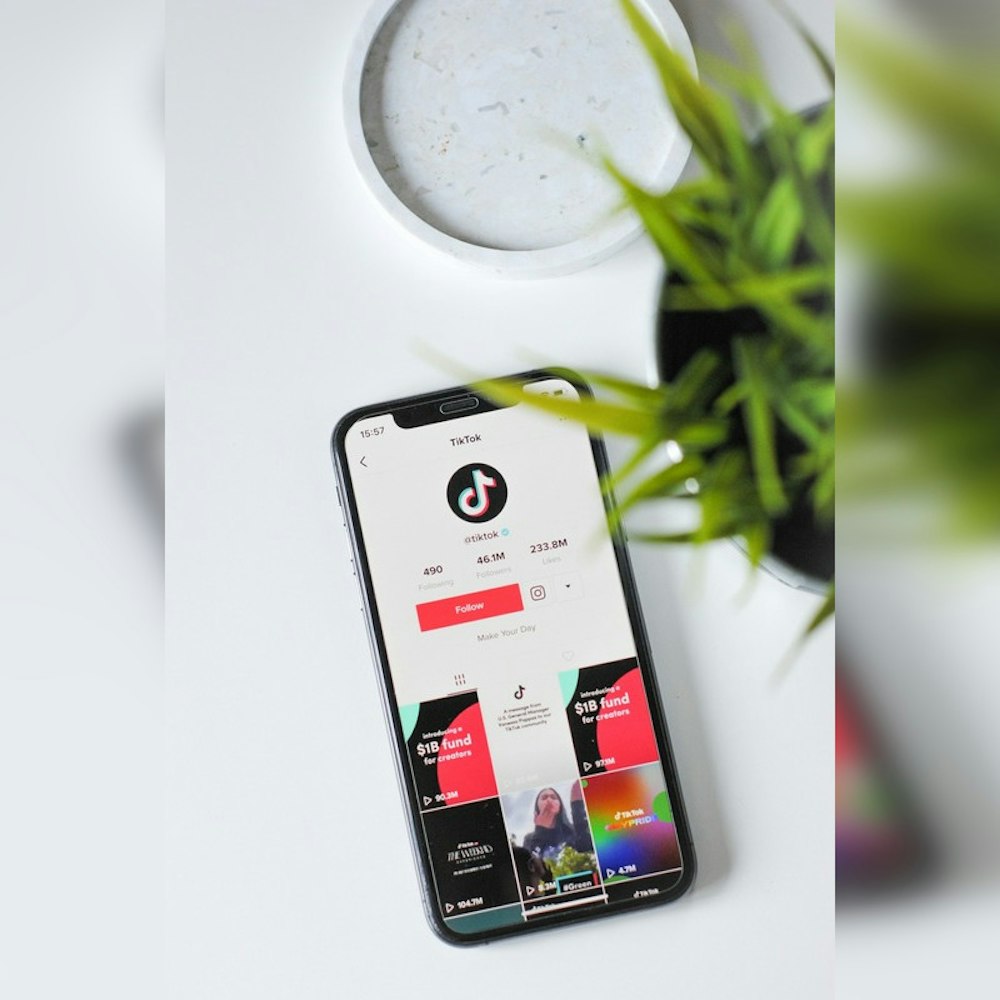
Editor's note: Five years ago today, we were invited to tour the U.S. Mint (155 Herman St.) as part of its 75th birthday celebration. San Francisco's "New" Mint was officially dedicated on May 15th, 1937.
To celebrate the Mint’s 80th birthday, we’d like to re-share one of our favorite stories with you—back when Hoodline was called Haighteration and when the folks at the Mint gave us an exclusive tour of their facility.
Not many buildings in San Francisco are as mysterious as the one at 155 Hermann Street.
Heavily fortified, perpetually guarded, and extremely closed to the public, the U.S. Mint is a building that few San Francisco residents have entered, and most know little about.
Well, we at Haighteration are not OK with that.
Because according to our maps, the U.S. Mint sits at the southeast corner of the Lower Haight.
And we just can't have this much mystery on our own turf.
So, yesterday, we decided to do something about it.
We went inside.
It took weeks of phone calls, emails, and background checks, but yesterday morning I (your humble but very lucky editor) finally managed to score a visit inside this enigmatic Wonka factory, to find out what secrets lie behind its cold gray exterior.
The answer? Well, in short... plenty. Like, a courtyard. A serpentine compass. A room with a golden ceiling…
But wait—let's start at the beginning.
The backstory
First off, some history. The U.S. Mint building on Hermann Street was dedicated on May 15th, 1937 — just twelve days before the opening of the Golden Gate Bridge (big month, San Francisco!). At the time, it replaced the Old Mint in SOMA (a.k.a. the "Granite Lady"), which itself replaced the original Mint on Commercial Street, which was demolished in 1875.
Though many other Mints were built around the nation over the years, today there are just three others still in operation — in Philadelphia, Denver, and West Point, NY. The Mints are the facilities where coins are made; paper currency is produced separately by the Bureau of Engraving and Printing.
In its early years, the San Francisco Mint was used for two things: printing coins, and accepting gold deposits. The idea was that miners could walk in with their gold nuggets and exchange them for the equivalent value in currency. This service actually continued until the 1970s, when the Gold Rush was long over and the only folks coming to trade in their gold scraps were dentists and jewelers.
So now the S.F. Mint just makes coins. But not coins intended for circulation. Rather, it makes commemorative proofs of coins. These aren't the coins you'll want to use to do laundry — these are pristine, ultra-shiny collectibles that are worth far more than the sum of their face values.
Like, say, this set of five quarters that sells for $14.95.
Oh—one other aspect of the Mint that has changed over the years: it used to be open to the public.
That lasted until sometime around 1982, when security concerns and logistical difficulties forced the Mint to shutter to outsiders. The public was last allowed inside on a single day in August of 1992, for a celebration of the U.S. Mint's bicentennial. Aside from a few sporadic press events, the building has been virtually visitor-free ever since.
Our visit
Because of the Mint's very private nature, there's virtually zero information online about what a visit to the facility entails. So when I arrived at the site at 8:50am yesterday morning, as instructed, I basically had no idea what to expect.
But here's how a visit goes:
First, you get to this not-at-all-intimidating entrance:
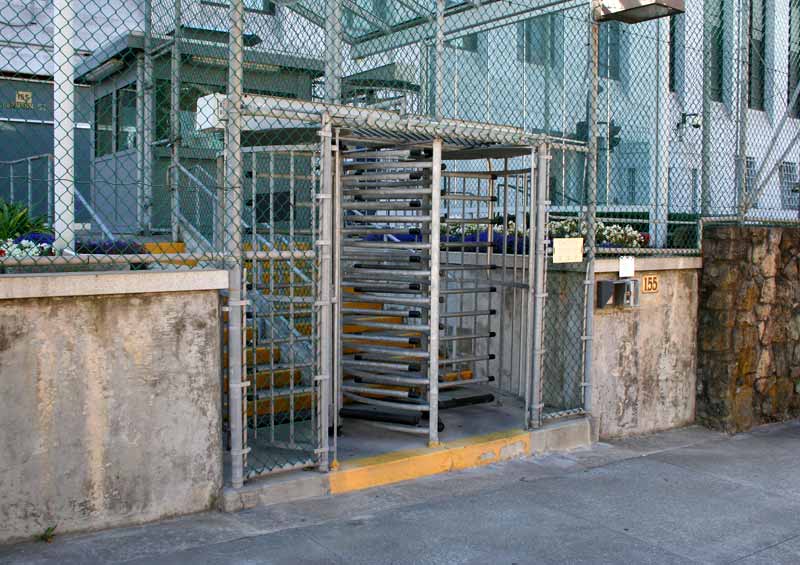
It scares the crap out of you. Wait — don't show fear. There are cameras.
You press the button on the call box next to the turnstyle. A guard answers. You announce yourself. He checks your name on a list, then you hear a click, and the turnstyle unlocks. You pass through.
Then you're at the guard station. You present your ID to a policeman through a slot under a glass window. He checks your ID against a list. If you're cleared, he passes you a temporary badge back through the slot. Then you're allowed to pass through a second turnstyle.
Then another policeman asks you if you have coins.
Oh right — you're not allowed to bring coins into this building.
Not even one. Not even if you work here.
You're also not allowed to bring cameras. I got special permission in advance for this story, with the caveat that a policeman would join me for the entire visit and personally approve or reject every shot I wanted to take.
As I searched my pockets for other verboten items, another visitor to the facility — a worker for a company that makes air compressors — was checking in at the same time.
"First time?" he asked me.
"Yep," I said, kind of over-casually.
He smiled. "You're in for a prize."
Then he added, "Just, whatever they tell you to do, do it."
Uh... what?
Inside
Finally I entered a door, then another door, then passed through a metal detector, and then I was in.
I met the plant manager, Larry Eckerman, Mint historian Michael Levin, and my police escort, Officer Norris Perales. And they were all fantastic. Plus, our visit just happened to land on the first day of production on the 2011 series of coins, so there was a little extra excitement in the air.
First stop? The first-floor lobby.
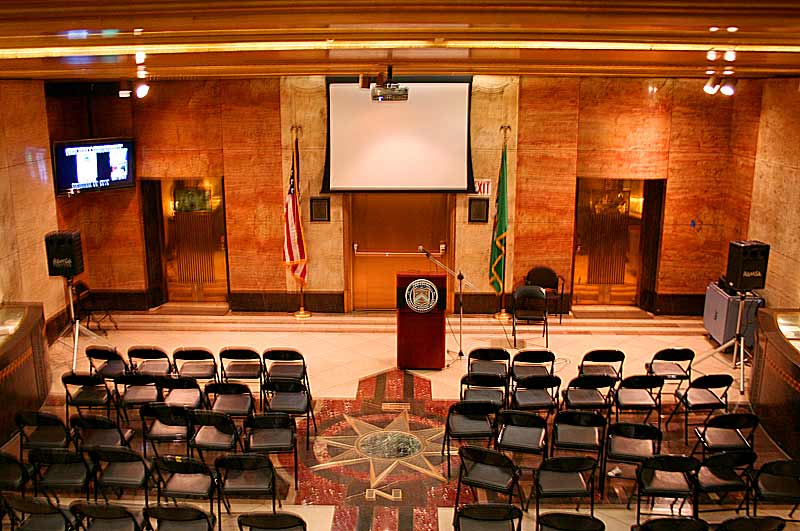
This is a flat-out spectacular room, and frankly it's a shame that the public doesn't get a chance to see it in person. Especially since technically, you know, we own it. But I digress.
On one side of the lobby, there's a plaque depicting the resolution that established the Mint in 1791. Above the plaque sits the Treasury Department's original seal.
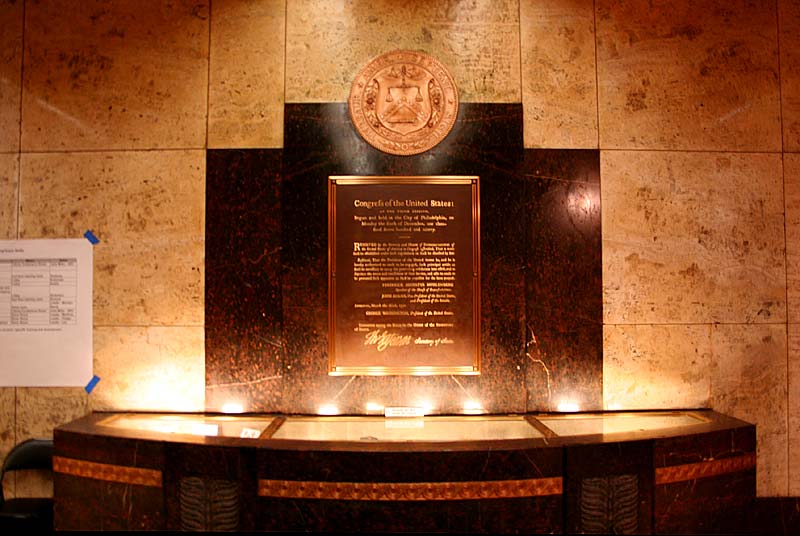
On the opposite wall are names of dignitaries that were present when the Mint's cornerstone was laid in 1935. Among them, one Mister President Franklin Delano Roosevelt.
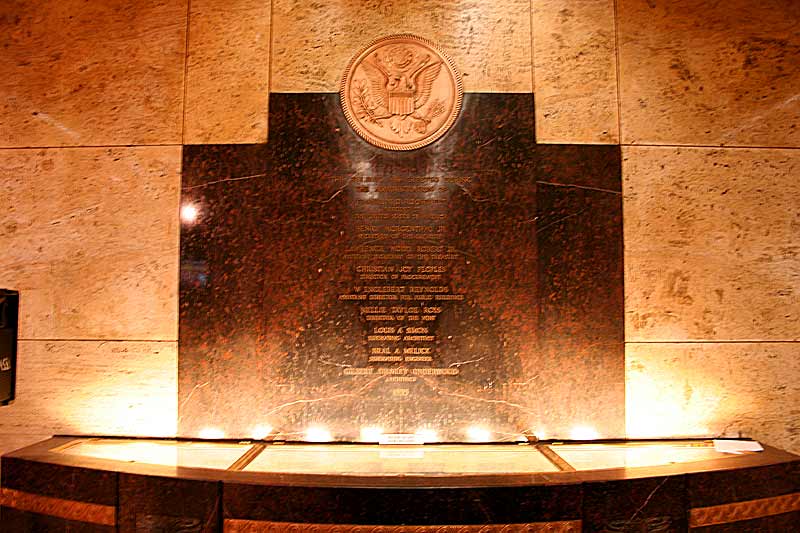
At the rear wall of the lobby is a huge golden door. This was the original entrance to the building, at 350 Duboce Ave. Perhaps because of the daunting 72 steps leading up to the doorway, this entrance was eventually abandoned in favor of the one on Hermann Street, and this door is now kept locked.
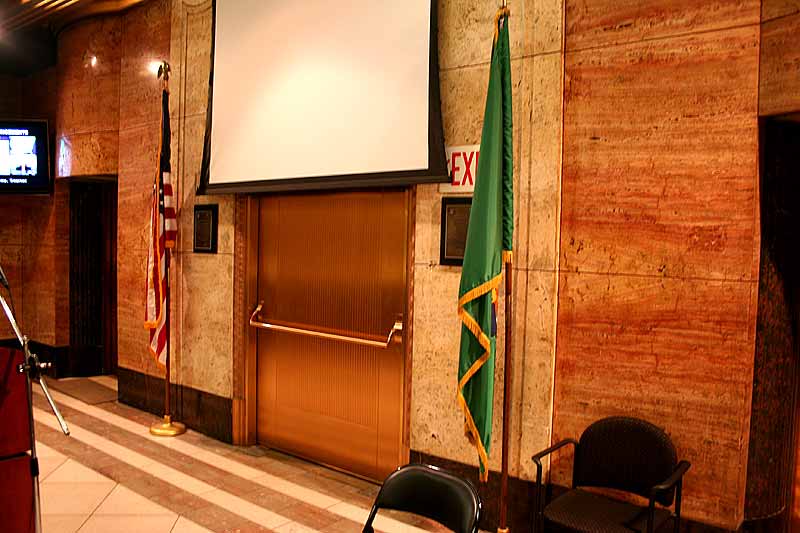
On the floor of the lobby is a compass design made out of eleven different kinds of marble. At the center of the compass is a large disc of serpentine, which is both California's state rock and maybe possibly unhealthy, but also definitely quite handsome.
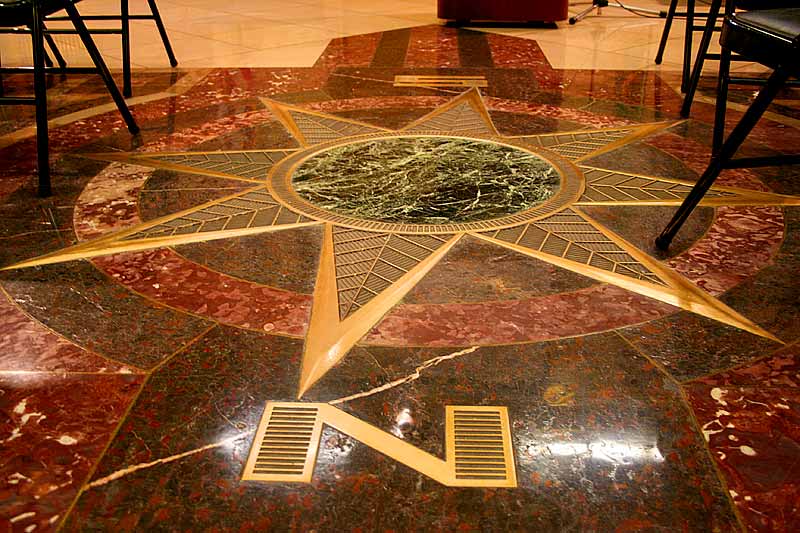
Oh, and the ceiling is golden. As in, it's covered in actual gold. (That guy in the blue shirt is historian Michael Levin, the source of most of the facts and figures in this story and the possessor of a disturbingly good memory full of Mint-related dates and trivia.)
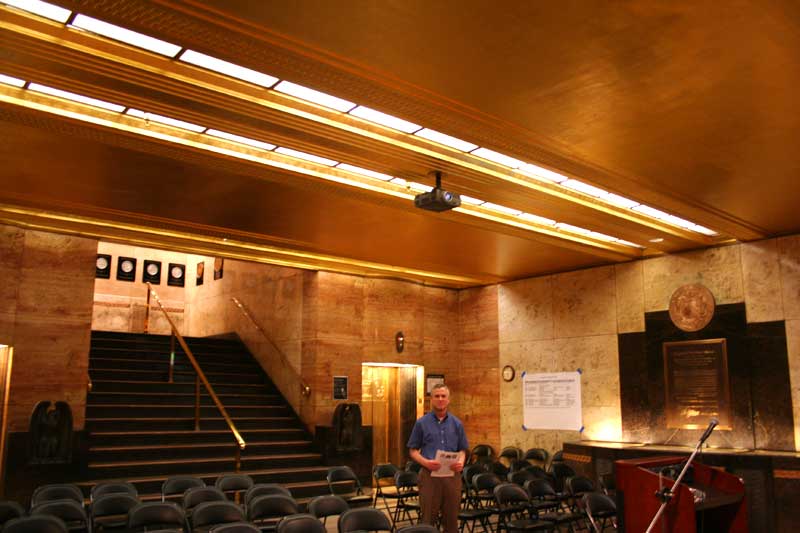
Apparently eagles were really on-trend in 1930s U.S. government interior design, and thus, they're pretty much everywhere in this building. Here, one of two eagle sculptures flanks the stairwell leading from the lobby to the second floor.
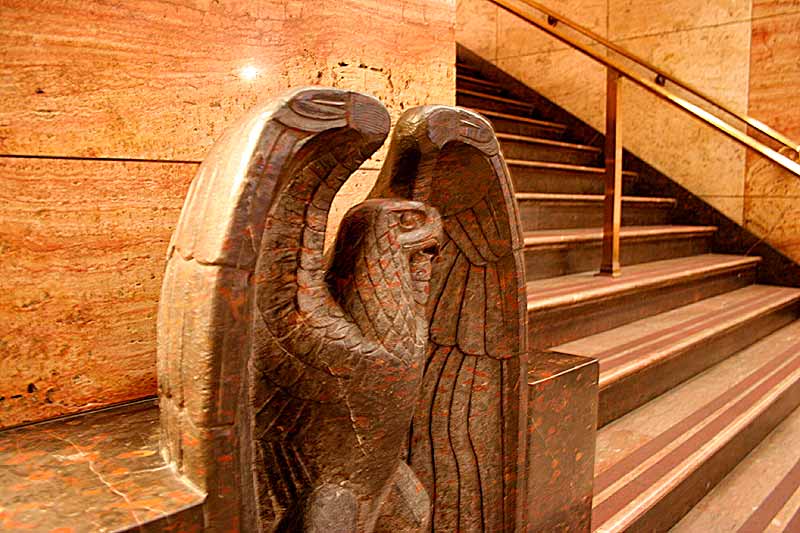
And finally, if you're wondering why the lobby is full of chairs, and why there's a projector screen covering the big gold door, it was for an employee meeting. As the Mint was intended to primarily serve as a factory, there aren't really any large gathering spaces in the building, other than this one.
Hallways, plaques, and coins
Outside of the lobby, and lining many hallways throughout the building, are giant replicas of coins.
In the photo below, a wall is adorned with replicas of galvanos. What's a galvano, you ask? Well you see, in olden days, to make a coin, sculptors would first make a large model of the design out of plaster. Then they would pour copper over the model to create a shell using a galvanic process (thus the name galvano). Finally, they would use a doohickey called a pantograph to trace the galvano and create an exact replica, only coin-sized.
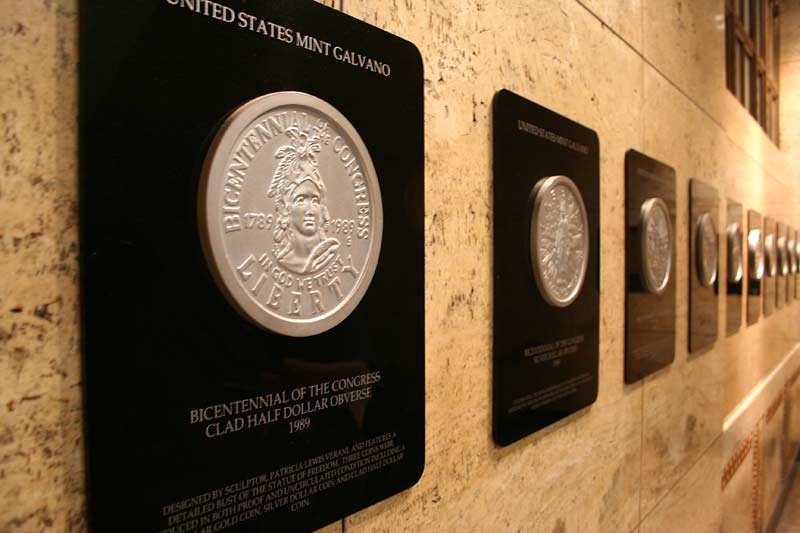
Nowadays, computers and whatnot can do most of the work, but the Mint still makes and hangs these galvano replicas as special coins are released.
There are also giant replicas of medals — oh yes, the U.S. Mint makes medals, although only at its Philadelphia facility — commemorating special people, events, or landmarks. This one was made for the Mint's bicentennial in 1992, and depicts the examination of the first coins produced by the Mint.

And then there's this gigantic model of an octagonal gold coin from 1852.
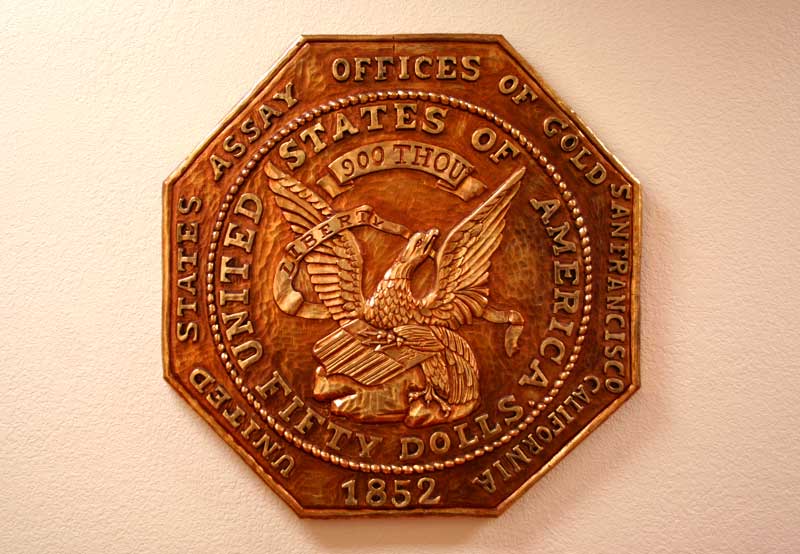
During the tour we stopped inside a conference room which was lined with enlarged historical photographs. The one below, from 1890, features a scene inside the coining room at the Old Mint Building in SOMA. Officer Perales mentioned that some of the equipment, such as the cart in the foreground, is STILL BEING USED TODAY.
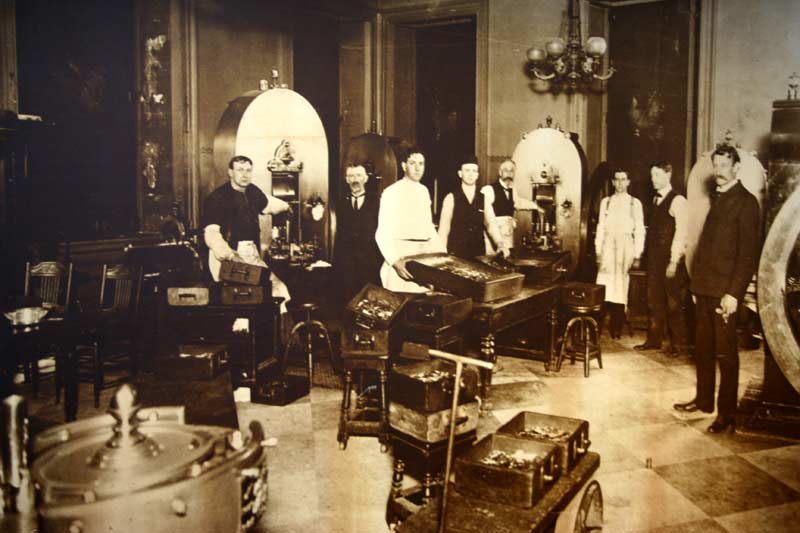
Finally, we went upstairs to the production room, where all the coins are made. On the way, we passed this stairwell, which features original bricks, original stairs, an original schoolhouse lamp (which is apparently the last one remaining in the building), and brass railings, which have to be polished "constantly."
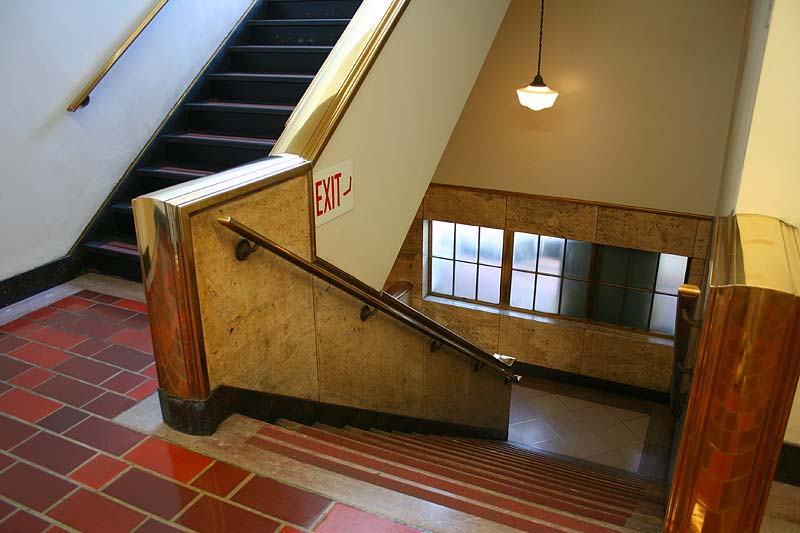
The production rooms
There's a lot of heavy equipment in the production rooms (where the coins are actually made), and as such, some precautions were necessary. For starters, they made me clip these mini-helmets onto my shoes, lest anything debilitating should fall on my toes.

Also, they made me put in earplugs, although to be honest, it wasn't very loud in there.
Finally, it became very clear that Officer Perales was not going to let me photograph anything in the production rooms. So unfortunately, I'll just have to paint you a picture with my words.
In earlier times, this building handled the entire coin production from start to finish. It smelted sheets out of raw metal, it punched blank discs out of the sheets, it pressed the discs into coins, it packed the coins into plastic cases, it stuffed the cases into cartons, it packed the cartons into corrugated boxes, and it shipped the boxes to consumers like you and me.
Now, the Mint only does the middle parts.
At the start of the process, it receives blank discs from other Mints or private contractors. Once at the San Francisco facility, the blanks are heated in a furnace, burnished, and "upset" — the edges are raised, so they're better protected and easier to stack.
Then the discs are washed and dried. There is a large room just for this task. It has wide, long tables stacked with very neat piles of thin white towels, and a few workers stationed here and there to dry the discs by hand. This hand-drying boggled my mind, given how automated the rest of the process proved to be.
After the discs are cleaned, they're sent to another room, where they are then pressed into actual coins. In total, the facility churns out a total of more than 50 million proof coins a year, in five different varieties: the Proof Sets in copper-nickel and silver, America the Beautiful Quarters Proof Sets (a new series of special quarters with national parks on the reverse side) in copper-nickel and silver, and the Presidential $1 Coin Proof Set. All of which are made right here in the pressing room.
This room has several large blue machines from a German company called Grabener. They look similar to but not exactly like this sad little pic I found on Grabener's website:

Each of these machines handles a different denomination — nickels, dimes, etc. The blanks are put into the machine, and the machine spits out coins. Just like that. Then a worker examines the output, checking for irregularities.
The coins that pass inspection are then sent to another room, where they're packed into lenses, which is a fancy-ish word for plastic cases. They come out looking a little something like these:
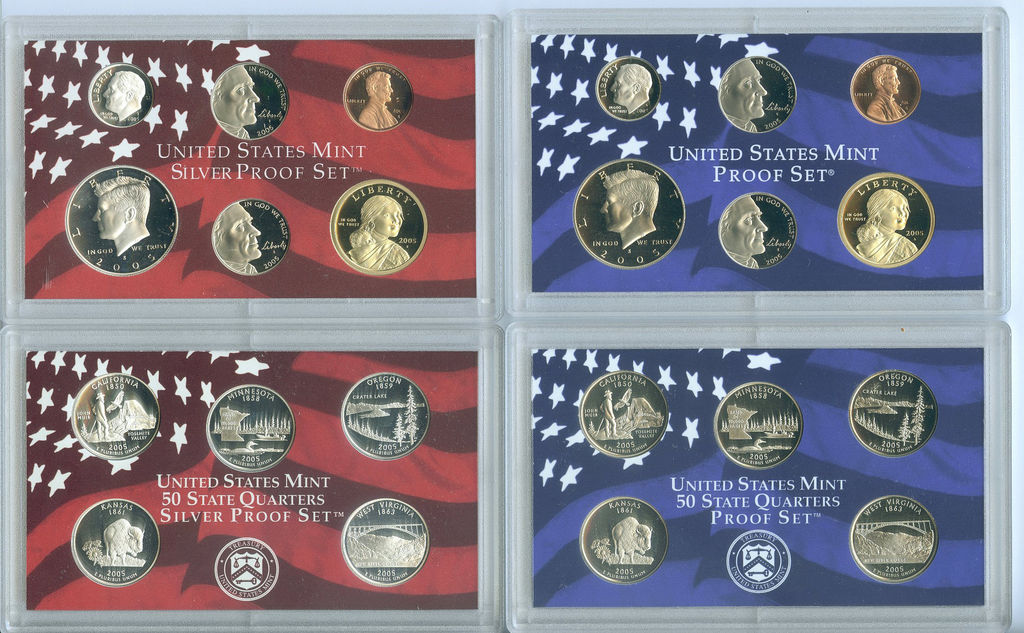
The machine that packs these lenses is pretty awesome — loops and loops of conveyor belt action.
The lenses are then picked up by a machine and stacked into cartons. Those cartons are then deposited via conveyor belt into the clutches of a giant yellow robot arm. This arm picks up the cartons and drops them on a scale. If they weigh what the robot expects them to weigh, the robot arm accepts them. If not, the robot arm tosses them aside. It's really kind of scary actually. Thankfully, you watch it from behind a protective glass door.
Finally, the robot-approved cartons are taken away to be shrinkwrapped and sent off to be shipped. In 2001, the Mint stopped shipping directly to customers. Instead, they now outsource all that work to a contractor in Plainfield Indiana. So, that's where the shrinkwrapped cartons head.
Wrapping up!
How are you still reading this story? You're amazing.
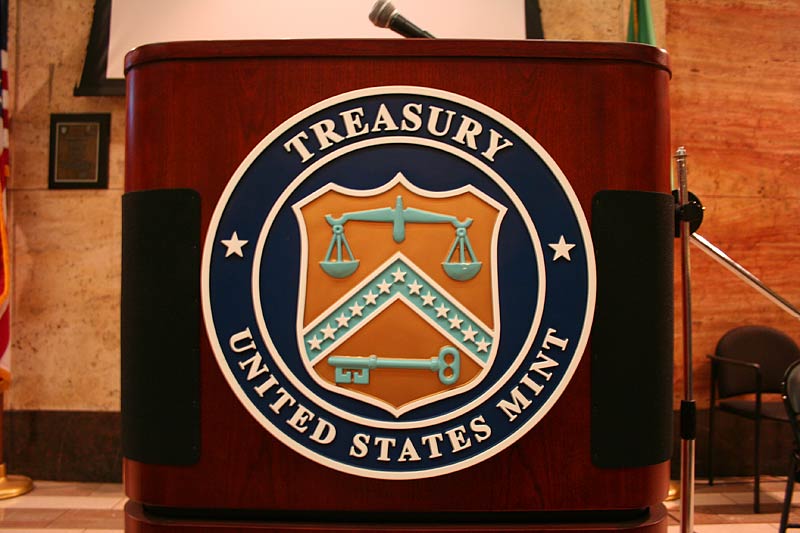
As we left the production facility and our visit wound down, I was led into the courtyard. Yes, you wouldn't know it from the outside, but the Mint has a courtyard. We weren't allowed to photograph it (and don't frown, because it's not beautiful), but it does exist. It's basically a paved area that's used for loading and unloading stuff. As Michael Levin explained, it's there to provide the building with light and air, not for recreation.
Which made us wonder what life inside the Mint was like. We gleaned that the Mint employs about 280 workers spread over 3 shifts, so the plant is always active. There once was a cafeteria in the building, but no longer — most employees bring their own lunches, or use the vending machines.
Of course, you need a special card to use the vending machines, a side effect of the building's no-coin policy.
As we made our way back to the entrance, we passed two sets of extremely thick steel doors — the kind you see on bank vaults in bad movies, only thicker. The doors were wide open and screaming to be photographed. Sadly, Officer Perales wouldn't allow it. Then we reached the entrance, and Mr. Levin bid us adieu.
As you leave the Mint, you have to pass through a metal detector one last time. I did this, and as I was putting my shoes back on and preparing to leave, I thanked Officer Perales for escorting us on the visit.
He said he had enjoyed it, too. Then he asked, "What's the name of the website again?"
"Haighteration," I said.
"Oh, like the Haight?"
"Yeah — well, the Lower Haight, but yeah."
"Cool," he said, turning to leave. "But, you know, this is Hayes Valley."
I didn't bother to correct him, because in a way, we were both wrong. The Mint building isn't really in the Lower Haight or Hayes Valley — it's pretty much a world unto itself.
Many special thanks to Larry Eckerman, Michael Levin, Lynn Black, and Officer Perales at the U.S. Mint, and Michael White at the Treasury Department, for making this visit possible. We hope, but don't at all expect, to visit again soon!
